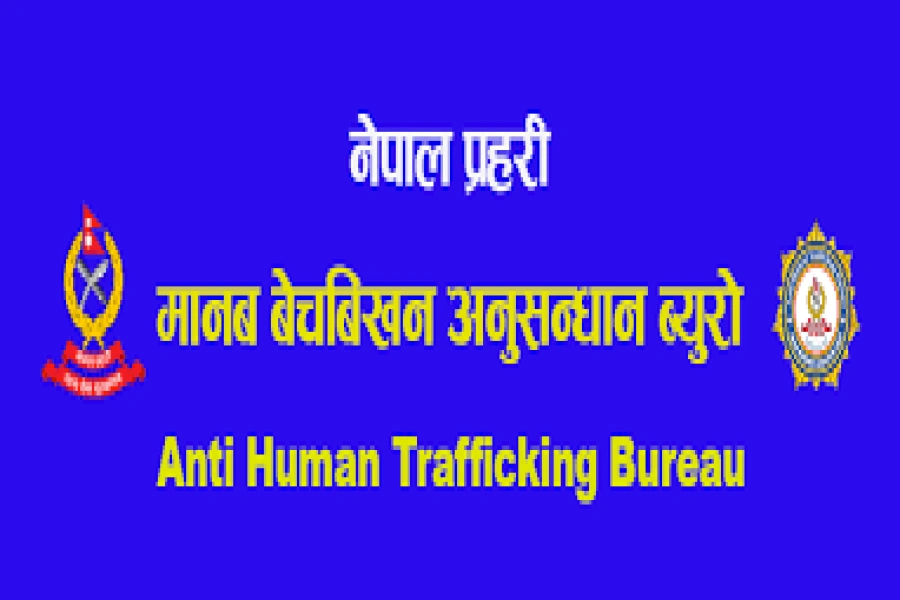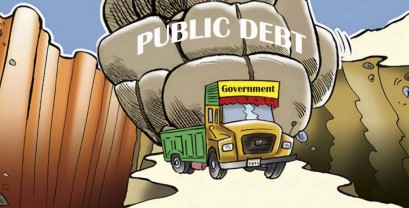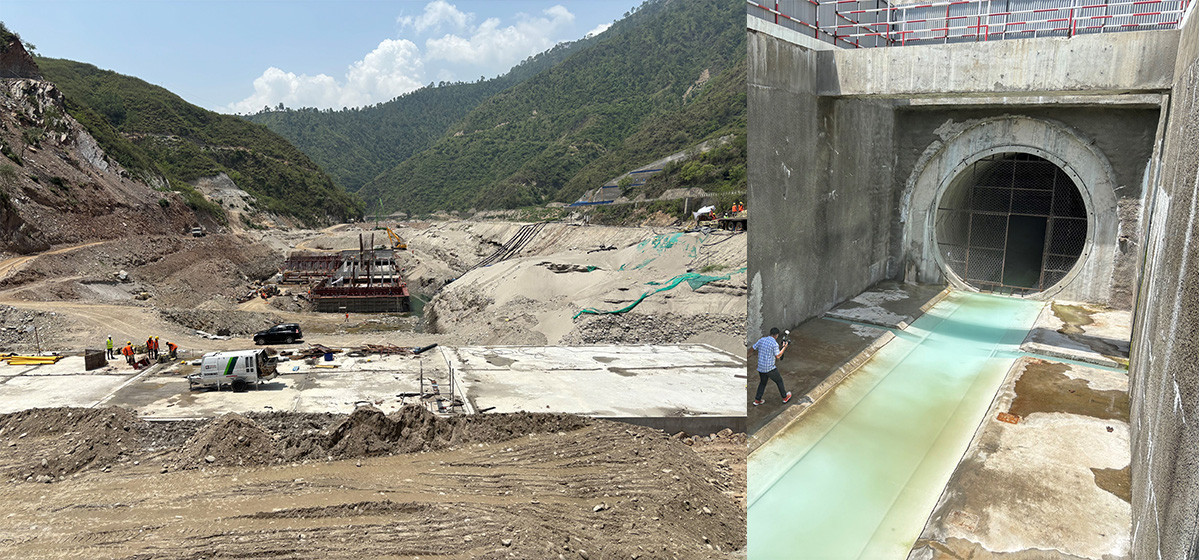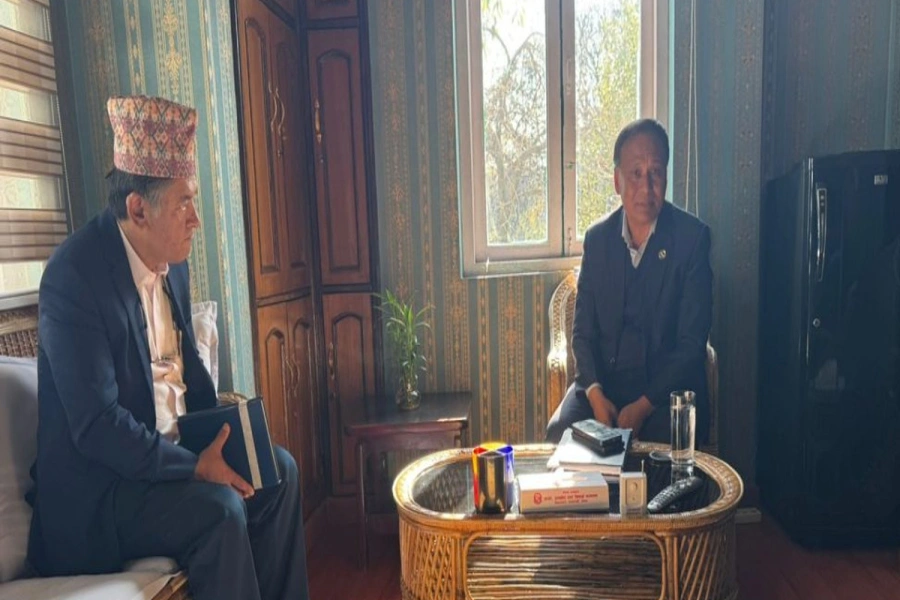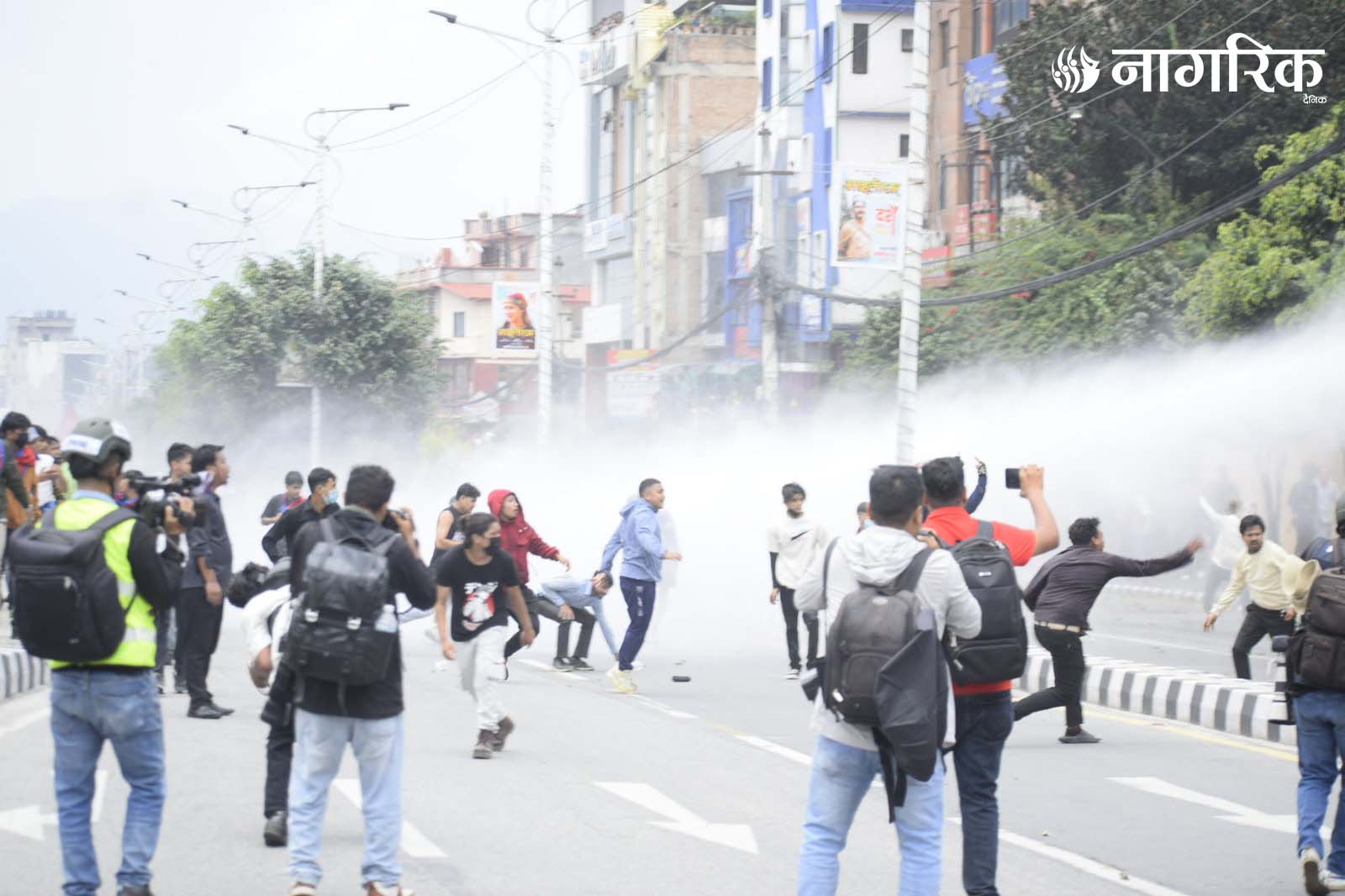KATHMANDU, Feb 3: In Kathmandu air pollution levels reach an extremely unhealthy level in the morning and decreases slightly in the afternoon.
On Sunday morning, air pollution monitoring devices in Bhaktapur, Patan, and Kathmandu recorded an Air Quality Index (AQI) around 200, which is considered extremely unhealthy for public health. However, in the afternoon and evening, most monitoring devices showed the AQI dropping to around 100.
Meteorologist Sajiv Adhikari from the Department of Hydrology and Meteorology explained that the atmosphere has become unstable as the winter season is drawing to an end and the pre-monsoon is setting in. Stronger winds in the afternoon swept away the pollutants. "The atmosphere is shifting from stability to instability. As the winds pick up in the afternoon, air pollution decreases, while it increases in the morning when the winds are lighter," he said.
‘Higher the air pollution, higher the COVID-19 death rate’

PM 2.5, considered the most dangerous for air pollution, can directly reach the lungs and obstruct the circulatory system, leading to asthma, heart diseases, and other respiratory problems.
The Air Quality Life Index (AQLI) 2024 report, released last August, reveals that toxic air has reduced the average life expectancy of Nepalis by 3.4 years.
According to the WHO's standards, toxic air forces the entire population of Nepal to breathe harmful air. Air pollution activists and scientists stress that the government and stakeholders must address this issue seriously. "The relatively mild winter and other seasonal factors may have temporarily reduced pollution, but overall, no significant efforts have been made to control air pollution," says air pollution expert Bhupendra Das. "Though discussions and debates about the issue continue, no concrete action plan has been implemented to tackle it," he adds.
He emphasized that the increasing drought next month could raise the risk of forest fires, making it crucial to stay alert.



